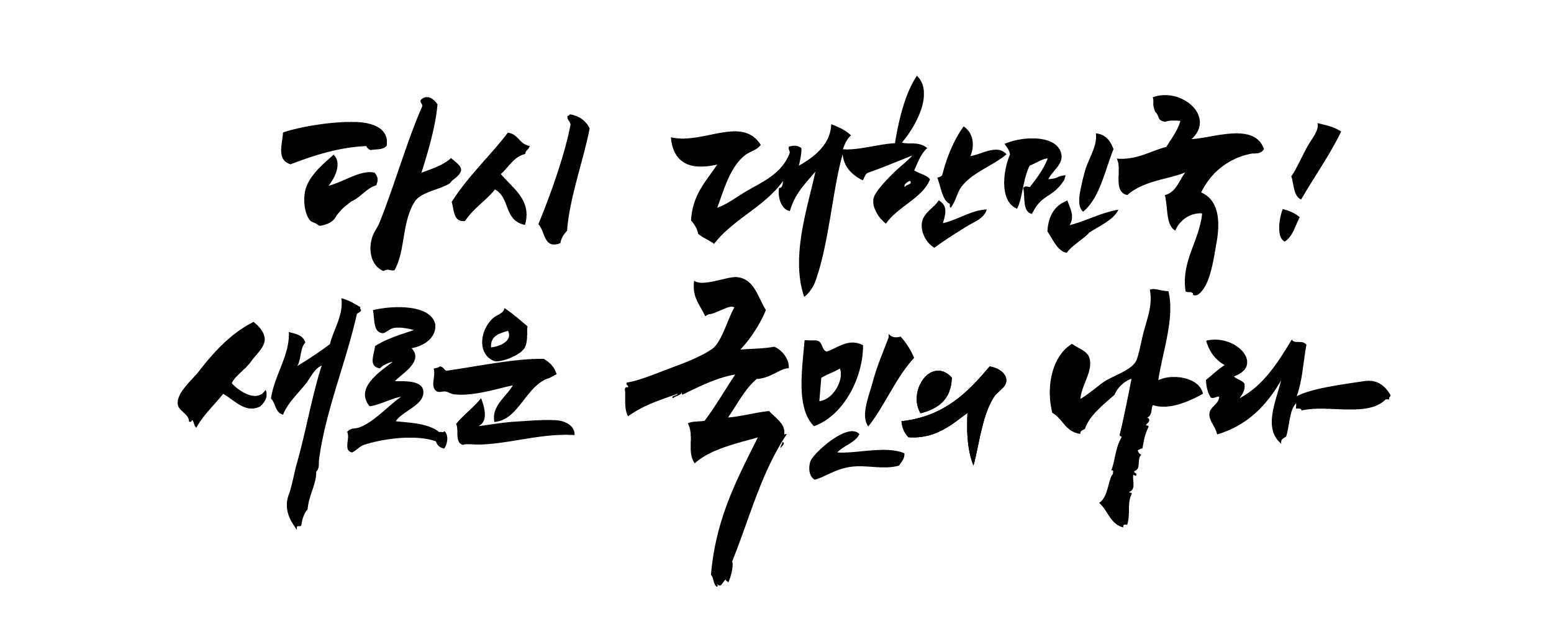연구활동
논문투고
축산관련 논문을 투고한 자료를 모아 정보를 제공합니다. 관련자료가 없는 성과년도는 표기되지 않습니다.
| 논문명(한글) | Effects of far infrared ray illumination on the performance, blood biochemistry, and faecal microflora of laying hens at different production stages | ||
|---|---|---|---|
| 논문명(영문) | Effects of far infrared ray illumination on the performance, blood biochemistry, and faecal microflora of laying hens at different production stages | ||
| 성과주관부서 | 국립축산과학원 가금연구소 | ||
| 품목코드 | |||
| 학술지명 | South African Journal of Animal Science | 주저자 | 임천익 |
| 성과년도 | 성과적용일 | 2023년06월 | |
This study investigated the effect of far-infrared ray (FIR) illumination on performance, blood
biochemistry, and faecal microflora of laying hens at different production stages. A total of 360 Hy-line
brown laying hens were randomly allocated in a 2 × 2 factorial arrangement with six replicates. Hens
were distributed in two production stages (30–39 and 45–54 weeks-old). Each group was exposed to
two light types (light emitting diode; LED and LED+FIR) in separate rooms. The LED treatment
illuminated a wavelength of 650 ± 10 nm (0.65 ± 0.01 µm), while LED+FIR treatment emitted 15 ± 10
µm with an LED wavelength. The results showed an interaction between egg production stages and
light types on the serum triglyceride concentration. The hens exposed to the LED+FIR and LED
treatments showed similar egg production, feed intake, egg weight, feed conversion ratio (FCR), as
well as albumen height, haugh unit, and shell thickness of eggs. LED+FIR substantially decreased the
concentration of serum cholesterol (CHOL), HDL cholesterol (HDLC), and triglyceride (TG) compared
to LED lighting. LED+FIR substantially reduced the number of total microbes, Escherichia coli, and
Salmonella in faeces compared to birds exposed to LED light. These findings suggest that LED+FIR
lights may improve hen health and the hen house environment.






